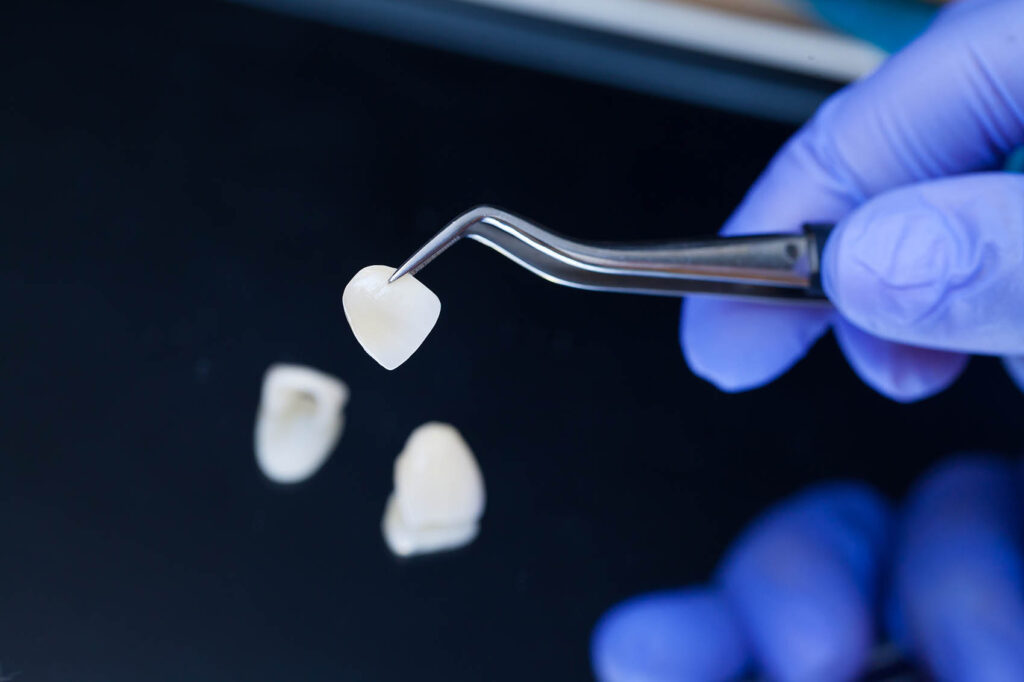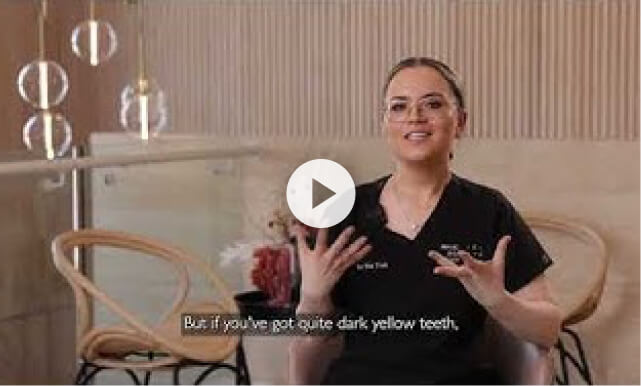If you’ve been told you have receding gums, you might be wondering whether dental implants are still an option. Gum recession is a common condition that can occur for many reasons, from gum disease to brushing too hard, but it doesn’t necessarily mean you can’t bring back that winning smile. Thanks to advances in modern dentistry, gum grafts offer a reliable way to rebuild healthy gum tissue and provide the strong foundation for a successful dental implant.
What Causes Receding Gums?
Gum recession happens when the gum tissue surrounding the teeth wears away or pulls back, exposing more of the tooth or its root. This changes the appearance of your smile, but means the support isn’t there for dental implants. Here are some of the most common reasons you might have receding gums:
- Periodontal (Gum) Disease: The most common cause of gum recession, gum disease is an infection of the gum tissue and bone that support your teeth. If left untreated, it can destroy the underlying structures and lead to both tooth and gum loss.
- Aggressive Brushing: Frequent brushing is great, brushing too hard can destroy enamel and push back the gum line over time.
- Genetics: Some people are more prone to gum recession due to inherited traits such as thinner gum tissue or a predisposition to gum disease.
- Poor Oral Hygiene: Failing to brush and floss regularly can allow plaque to harden into tartar, leading to gum inflammation and recession.
Can You Get Dental Implants with Receding Gums?
A winning smile is the perfect boost in confidence that can be a game-changer. If you’re thinking about dental implants, the short answer is yes, you can still get them if you have receding gums. But it depends on your individual situation.
It’s no secret that gum health is important before going ahead with a dental implant. Gums act as a natural barrier, shielding the underlying bone and implant post from bacteria. Receding or thin gums leave this area exposed, increasing the risk of infection or implant failure. The gums also help frame your teeth and implants. When they recede, it can result in an uneven gumline, especially in the front of the mouth where appearance matters most. Gum tissue also reduces inflammation and minimises movement around the implant site. Without enough gum support, implants may become loose over time or require revision.
If gum loss is minor, then a dental implant can usually go ahead without a problem. However, in moderate to severe cases, especially where the gum tissue has thinned significantly or exposed the roots of adjacent teeth, a gum graft may be necessary beforehand.
Every mouth is different. A personalised treatment plan will factor in gum condition, overall oral health, aesthetics and implant location. In many cases, a staged approach, beginning with soft tissue grafting, offers the best chance of long-term implant success.
What Is a Gum Graft?
Gum grafts are a proven solution for rebuilding gum tissue and creating a healthier environment for dental implants. It involves transplanting tissue, often from the roof of your mouth, to areas where gum volume is lacking. This thickens the gum line, covers exposed roots, and reinforces the tissue around implant sites.
Gum grafts may be performed:
- Before implant surgery, to improve the gum base and make sure your smile looks its best.
- After implant placement, if recession develops or more tissue is needed to support the crown.
If you’ve been recommended a gum graft before getting dental implants, it’s natural to have questions about what’s involved. Fortunately, modern techniques have made this a straightforward, low-stress procedure.
Your dentist or periodontist will determine the best type of graft for your needs:
- Connective Tissue Graft – The most common type. A flap is cut in the roof of your mouth, and tissue is removed from underneath and stitched to the treatment area.
- Free Gingival Graft – Uses tissue directly from the palate surface and is typically used to thicken thin gums.
- Pedicle Graft – Involves using nearby gum tissue that’s partially cut and repositioned over the exposed area.
- Donor or Collagen Grafts – Suitable for patients who prefer not to use tissue from their own mouth.
The procedure usually takes about 60–90 minutes, and local anaesthesia is used to keep you comfortable throughout.
Mild swelling and discomfort can be expected for a few days but is easily managed with pain relief and a soft food diet.
Is It Too Late? Getting a Personal Assessment
If you’re worried that receding gums have ruled out your chance at dental implants, the good news is, it’s often not too late.
The first step is a personalised consultation. At Dental & Skin Clinic, we take the time to assess not just your gums and teeth, but your overall oral health and goals. We use detailed imaging and diagnostic tools to determine:
- The condition of your gum and bone
- Whether grafting is needed
- The best treatment for success
The earlier you address gum recession, the more options you’ll have, and the less invasive treatment may be. Even if significant gum loss has occurred, there are still effective solutions available with the right plan and care.
Receding gums don’t have to stand in the way of a healthy, beautiful smile. Whether you’re just starting to explore implants or you’ve been told you’re not a candidate, it’s worth getting a second opinion. At Dental & Skin Clinic, we combine expertise with a compassionate, patient-first approach to help you feel confident every step of the way.
Ready to take the next step?
Contact us today to schedule your consultation and find out how gum grafts could make your dental implant journey a success.



